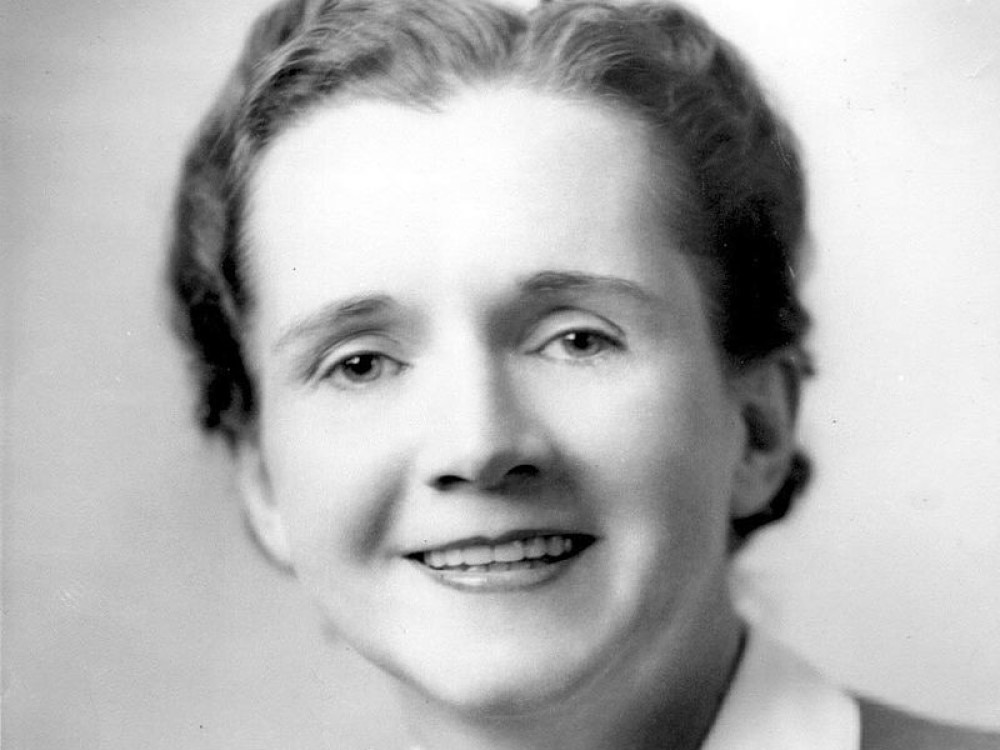
American marine biologist, writer, conservationist, and glass-ceiling breaker Rachel Carson suggested in a 1963 “CBS Reports” documentary that spraying 900 million pounds of DDT on lawns, crops, and roadsides a year might be a bad idea – and history has proven her right.
At the time, her best-selling book, Silent Spring, was being met with relentless opposition from chemical companies for documenting the detrimental environmental effects caused by the haphazard use of pesticides. Carson was concerned that nobody knew what the long-term consequences could be for people, the environment, and wild animals. The book would go on to advance a global environmental movement that incited a reversal in national pesticide policy, led to the ban of DDT and other pesticides, and inspired the creation of the U.S. Environmental Protection Agency.
Carson developed a love for nature as a child living on her family’s farm. She loved to write and had her first story published at just ten years old. She studied Biology at Pennsylvania College for Women and did graduate work at Johns Hopkins University, where she received her Master of Arts in Zoology.
Carson started her career writing radio copy for a series of weekly educational broadcasts for the United States Bureau of Fisheries (from 1940 on known as the U.S. Fish and Wildlife Service), and eventually rose to Editor-in-Chief of all publications. Inspired by her government research, she began writing essays and, later, books.
She expanded her first article – based on her brochure “Undersea” – into the book Under the Sea Wind. A second volume published in 1952, The Sea Around Us, won the National Book Award for Nonfiction and stayed on The New York Times Best Seller list for 86 weeks. The Edge of the Sea followed, and the trilogy made Carson famous as a naturalist and science writer. She left government service in 1952 to focus on writing.
Carson passed in 1964 after battling breast cancer. Her life’s work has been celebrated by groups ranging from government institutions to environmental and conservation organizations to scholarly societies. In 1980, she was posthumously awarded the Presidential Medal of Freedom, the highest civilian honor in the United States.
